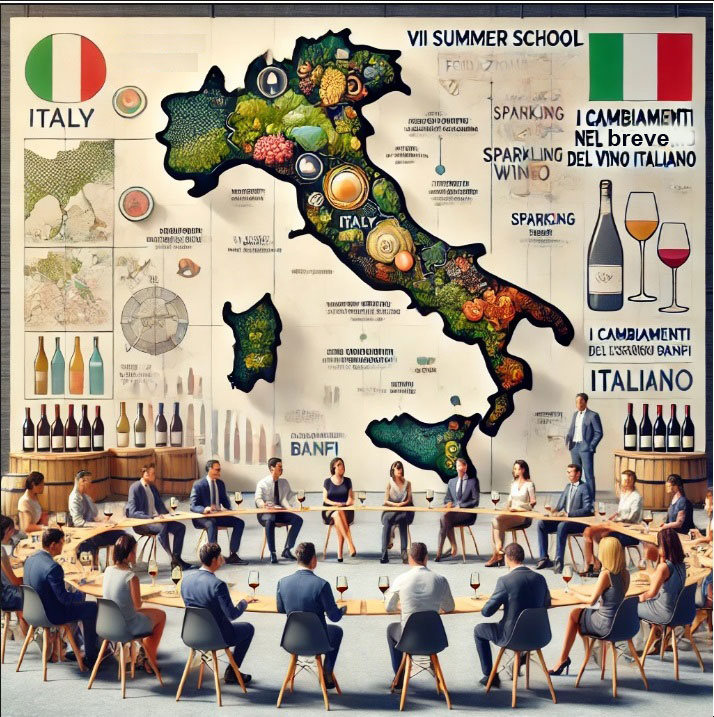The Italian wine sector, a pillar of the country’s agri-food economy, is facing a critical period.
According to the latest report, in the first half of 2024, the wine market showed a 2.5% drop in sales in volume, a worrying sign for an industry that generates an annual turnover of billions of euros.
But what is really happening in the Italian wine sector and how are producers responding to these changes?
The decline in sales is not an isolated phenomenon but part of a broader trend that has seen a 3.4% decline in sales of still and sparkling wines, while sparkling wines have seen a 4.2% increase. This shift in consumer preferences is highlighted by the growing popularity of Prosecco and other bubbles, which appear to be better suited to changing consumer tastes and emerging trends.
Despite an increase in average prices, the decline in volumes sold has posed significant economic, employment and social challenges for companies in the sector. In particular, red and white wines have suffered the greatest contractions, with producers facing reduced production, potential job losses, and growing economic pressures.
In response to these obstacles, many producers are exploring new market strategies. Among these is the adoption of advanced technologies to optimize distribution and expand their offerings. Recent studies show that platforms like Liv-Ex are becoming increasingly central to wine merchants, allowing them to access a vast global market without the need for large investments in inventory.
Companies like Wine Empire in the United States and Benchmark Wine Group have transformed their business models, integrating e-commerce systems that allow consumers to access a wider variety of wines, often difficult to find elsewhere. This has not only helped these companies mitigate losses caused by the decline in domestic demand, but has also opened up new market opportunities.
As the Italian wine sector continues to navigate these turbulent waters, the key to survival may lie in the ability to quickly adapt to market changes and leverage available technologies to improve efficiency and reach new customers. However, the biggest challenge will remain to maintain the quality and reputation that have made Italian wines iconic worldwide. Only by balancing innovation and tradition can the sector hope to overcome this critical phase and move towards a stable and lasting recovery.

